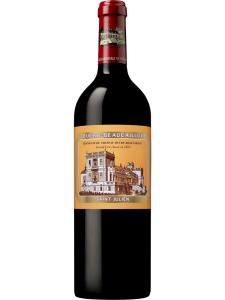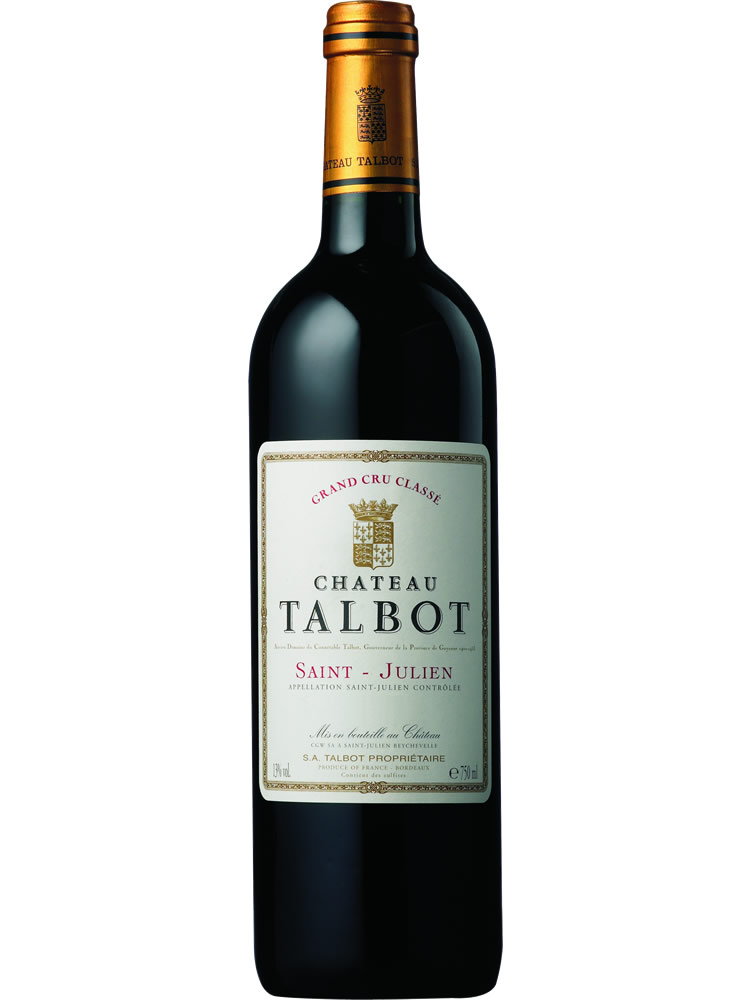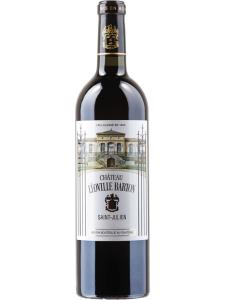Saint-Julien is a small but important appellation of the Haut-Medoc district of Bordeaux in south-western France. Its reputation is based on its status as a reliable source of consistently elegant, age-worthy wines.
Sandwiched between the more famous appellations of Pauillac and Margaux, Saint-Julien is sometimes unfairly overlooked because it does not have a first-growth chateau. Pauillac has three of the five Medoc first growths and Margaux has one. The 1855 classification of the Medoc chateaux which cast these judgments in stone has remained unchanged since it was first published, except for the promotion of Chateau Mouton-Rothschild to Premier Grand Cru classe in 1973.
Saint-Julien makes up for its lack of first-growth chateaux by being home to 11 classed growths, which generate three-quarters of the appellation's output. Five of these are highly rated second growths: Chateaux Leoville Las Cases, Leoville Poyferre, Leoville Barton, Gruaud-Larose and Ducru-Beaucaillou. The first three were once a single estate, which would have been extremely large for its time.
(©CIVB)
Almost every acre of the Saint-Julien commune is covered with vines, except for a strip about 1640ft (500m) wide on the silted banks of the Gironde estuary to the west. The chateaux which own them can be split into two neat groups: those around the village of Saint-Julien-Beychevelle and those around the village of Beychevelle. These two similarly named villages are only 1.5 miles (2km) apart, which illustrates the smallness of scale that operates in the Medoc. In fact, the vineyards in the north of Saint-Julien back directly onto the vineyards of Chateau Latour in Pauillac, yet the wines they produce are different in both status and style.
Created in 1936 – like so many Bordeaux wine regulations – the appellation laws for Saint-Julien state that its wines must be made from grapes grown in the commune of Saint-Julien Beychevelle, or very specific parts of the communes of Cussac and Saint-Laurent. The document lists the plots (parcelles) eligible for the title.
The grapes permitted for use here are Cabernet-Sauvignon, Cabernet Franc, Merlot, Carmenere, Petit Verdot and Malbec. They must come from vineyards planted to a minimum density of 6500 plants per hectare (2631 per acre), with specified vine-management techniques.
Saint-Julien is bordered to the west by the Saint-Laurent commune, whose wines are eligible only for the wider Haut-Medoc appellation. An example of the effect of this can be found in Saint-Laurent's Chateau Belgrave. It lies just a few hundred meters from Chateau Lagrange, which can claim the valuable Saint-Julien name, yet Chateau Belgrave cannot.
As is the case with many other prestigious Bordeaux appellations, national and foreign investment is common in Saint-Julien. Chateaux here are owned by a combination of wealthy individuals and international companies.




